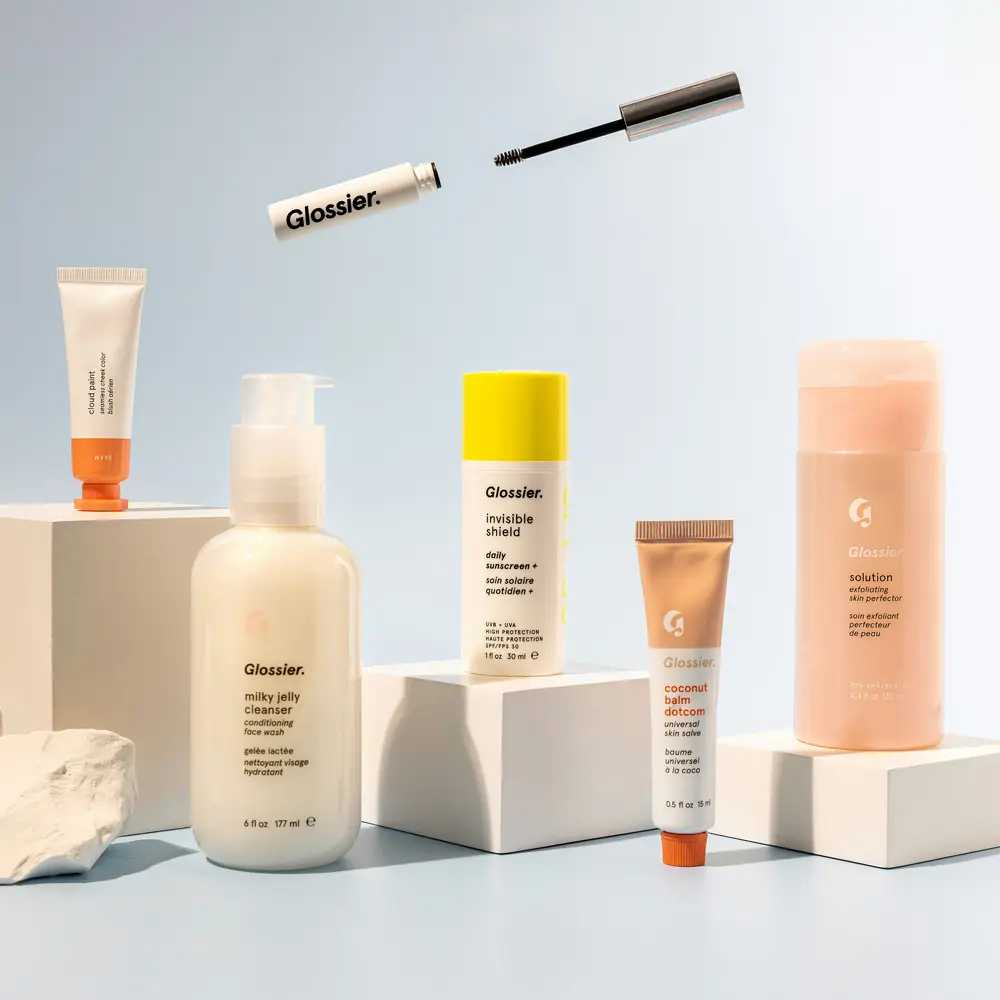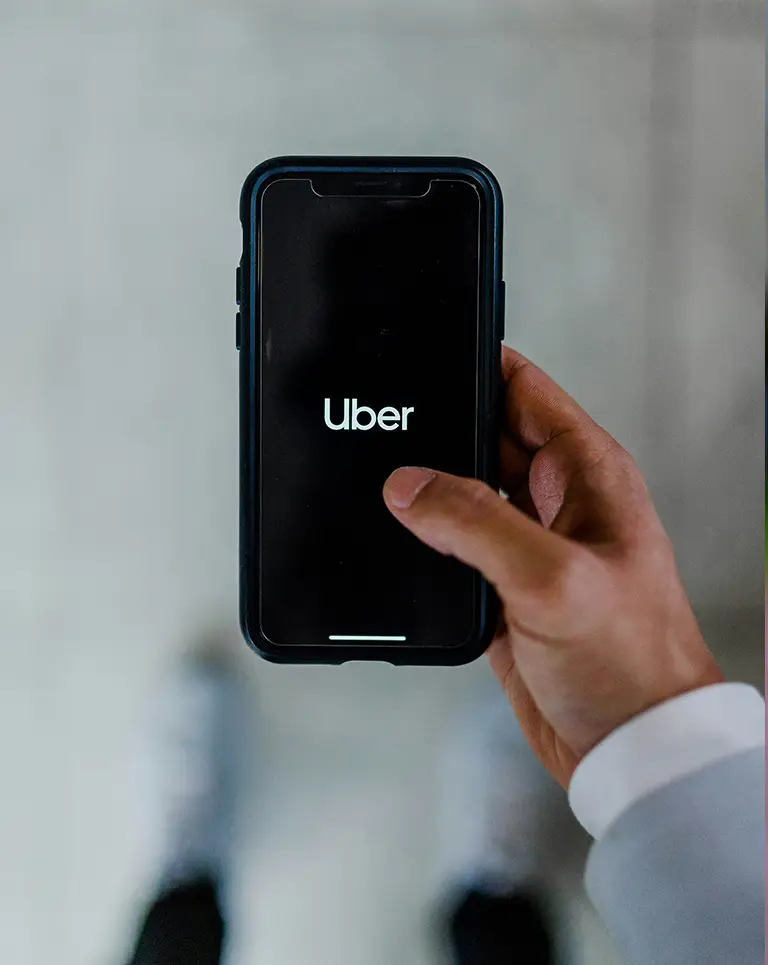Color choice in branding and identity design can come from many different places. Maybe it’s simply your favorite color, the color of your house when you were a kid, or it’s a representation of a word or phrase in your company name. All of those reasons are legitimate, but another thing you might want to consider is how colors affect branding and the way your company will be perceived by others because of the colors you use. Some companies also think about the potential saturation of a certain color or palette in their market. We did when developing the palette for Shout Out Studio, but we also wanted our colors to reflect our personality and intention.
Though we don’t always immediately realize it, brand color psychology shows us that colors are often tied to particular feelings. For instance, blues can be calming and improve focus. That’s one reason why I’m painting a wall in my office blue. You may also see lighter shades of blue or green in hospitals and doctor’s offices. Brighter hues like yellows and oranges can promote energy, freshness, and quality.
Colors are often associated with specific industries too, though one doesn’t always have to follow that path. You often see blue used for banking because it speaks of trust and loyalty, while green is commonly chosen for landscaping to symbolize growth and nature.
Some brands have taken unique approaches to color to stand out in their respective markets. For instance, Uber’s sleek black and white branding communicates simplicity, sophistication, and modernity, reflecting its positioning as a premium yet accessible service. Similarly, Glossier uses soft pinks and muted tones to convey warmth, approachability, and a focus on natural beauty—values central to their identity as a clean and user-friendly beauty brand.

Smaller brands have also made bold color choices that resonate deeply with their audiences. For example, Allbirds, known for sustainable footwear, uses earthy tones like green and tan to highlight its eco-conscious mission, while also incorporating pops of vibrant colors to emphasize creativity. Sweetgreen, a fast-casual salad chain, leans heavily into shades of green, signaling freshness, health, and sustainability—a perfect match for their farm-to-table ethos.

When we look at the psychology of branding colors, it’s clear that color plays a significant role in shaping consumer perceptions. Hubspot said, “Color psychology — leveraging colors to produce an effect — can influence 85% of customers’ purchasing decisions.”
Our recommendation? Color psychology exists for a reason, so it deserves some attention. At the same time, it shouldn’t be the anchor of your colorful decisions. Don’t forget to be yourself. That shade always looks best on you.
Want to learn more about what each color means? Check out this article.

